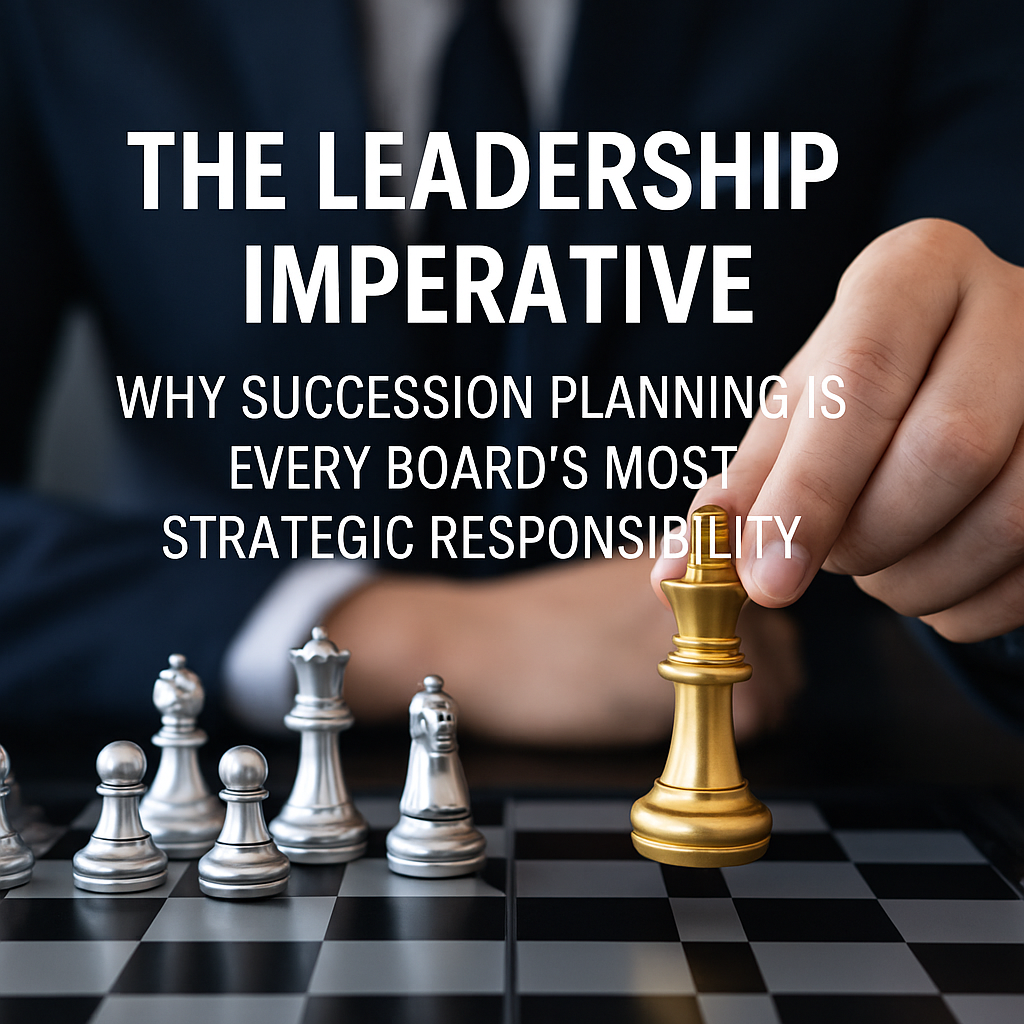In today’s hyper-competitive executive landscape, technical skill and strategic vision are no longer enough. What distinguishes top-tier leaders—those who inspire confidence in the boardroom, win trust in critical meetings, and secure coveted board seats—is something harder to define but immediately recognizable: executive presence.
What Is Executive Presence?
Executive presence is the ability to project confidence, clarity, and credibility in high-stakes situations. It’s how you command a room, convey authority without arrogance, and influence without overpowering. At its core, executive presence blends leadership communication, emotional intelligence, and personal branding into a magnetic professional persona.
At Boardsi, where we help executives secure board positions and leadership roles, we often see that those with strong executive presence not only stand out—they get selected.
Why Executive Presence Matters for Board Appointments
Board service requires more than operational expertise. It demands the ability to think critically, challenge diplomatically, and influence a group of senior stakeholders. Executive presence signals that you’re not only ready for this responsibility but that you’ll thrive in it.
Board selection committees evaluate how well a candidate can hold their own among CEOs, investors, and industry leaders. If you can project executive presence during a conversation, interview, or presentation, you’re far more likely to be seen as boardroom-ready.
Key Traits That Signal Executive Presence
Gravitas: The ability to stay calm under pressure, speak decisively, and display emotional steadiness.
Communication Mastery: Clear, concise messaging with strong listening skills. You inspire and influence without overpowering.
Intentional Appearance: This isn’t about fashion—it’s about polish, professionalism, and making people feel they’re in competent hands.
Strategic Visibility: You show up where it matters—speaking on panels, writing thought leadership pieces, and engaging with other high-level professionals.
How to Build Executive Presence as an Executive or Aspiring Board Member
1. Invest in Communication Coaching
Refining your communication—both verbal and non-verbal—is foundational. Practice clarity, tone, and the art of listening. Boardsi provides resources to help executives polish their boardroom communication skills.
2. Know Your Narrative
Board interviews are less about what you’ve done and more about how you think. Practice articulating your leadership philosophy, decision-making framework, and governance insight with precision and confidence.
3. Seek Feedback
Perception shapes executive presence. Ask mentors, coaches, or trusted peers how you come across—and be open to adjusting your approach.
4. Cultivate Visibility
Publishing articles, appearing in media, or speaking at industry events boosts your leadership brand and reinforces your executive presence in public forums.
Executive Presence: The Boardsi Advantage
At Boardsi, we don’t just match executives with board opportunities—we coach them to show up at their best. We help you refine your presence, articulate your value, and show boards why you deserve a seat at the table.
Whether you’re a seasoned CEO or an emerging leader preparing for your first board opportunity, building executive presence is non-negotiable. It’s not just what you know—it’s how you show it.
Want to elevate your executive presence and get noticed for board opportunities?
Join the Boardsi network today and start your journey toward boardroom impact.
#ExecutivePresence, #LeadershipDevelopment, #BoardReady, #ExecutiveBranding, #BoardroomSuccess, #CLevelLeadership, #Boardsi, #BoardAppointments









